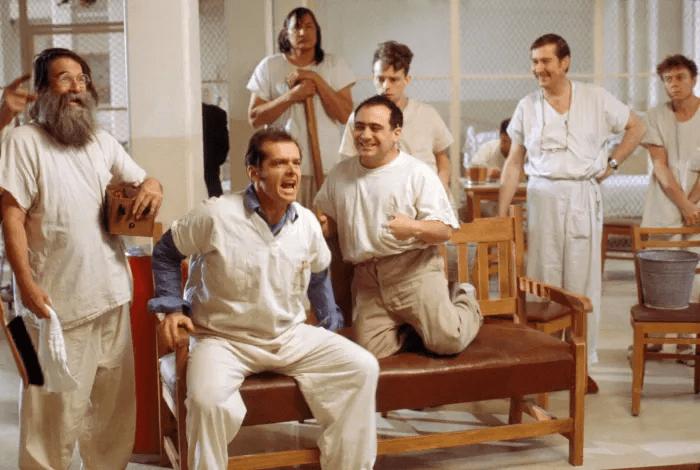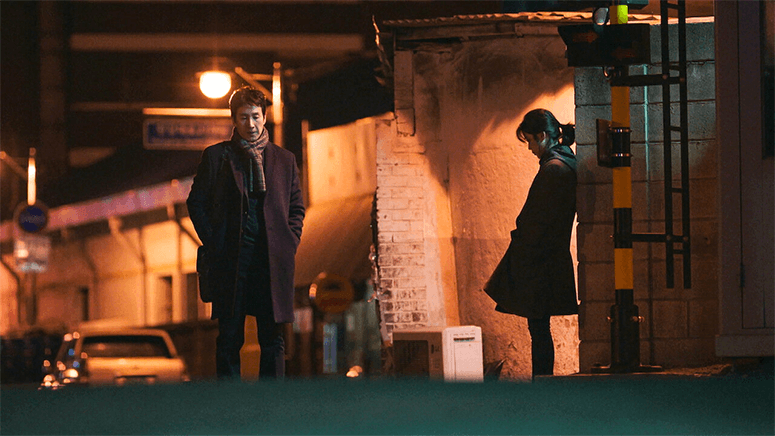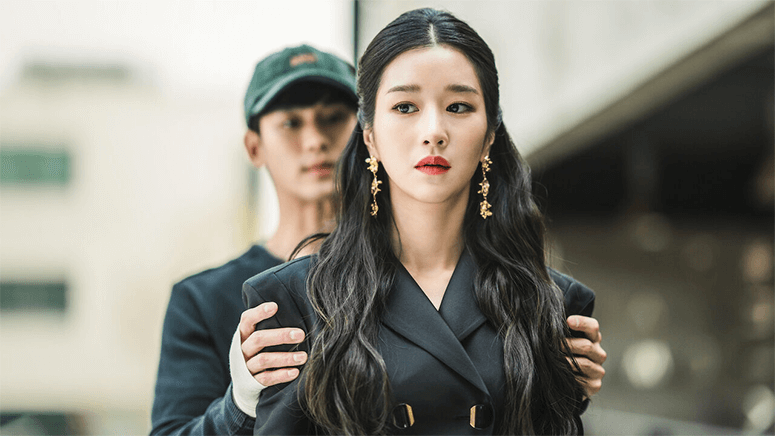Mind over chatter
While browsing a bookstore, I spotted a paperback edition of Ken Kesey’s One Flew Over the Cuckoo’s Nest. Instantly, I was transported back to when my nine-year-old self watched Jack Nicholson play Randle Patrick McMurphy in the 1975 film adaptation of Kesey’s highly controversial novel, one I immediately read after seeing the movie. What was I thinking? How did I even get into an R-rated film? (Short answer: My liberal mom made it happen.)
What I do know is that One Flew Over the Cuckoo’s Nest opened my eyes to one of life’s harshest realities: The world isn’t as normal as I thought it was, or as I wanted to believe.

For a long time, society was oblivious to mental health issues. At best, sufferers were ignored; at worst, they were branded as “retarded” and subjected to abuse. Some cases were even attributed to demonic possession, requiring exorcisms. Meanwhile, professionals who treated mental illnesses were dismissed by the medical community and derisively labeled as “shrinks.”
Psychologists and psychiatrists have since embraced their “shrink” sobriquet, a term believed to have originated from “headshrinker,” referring to the tribal practice of reducing human heads. If you think about it, therapy does often involve unpacking and reshaping thoughts, hopefully making them more manageable.
Mental health remains a taboo topic for many Filipinos, which is unsurprising given that a 2021 DOH report found that only around three percent of Filipinos seek professional support, preferring to turn to family, faith, or even karaoke therapy.
Over the years, as human understanding evolved, mental health became an open topic of discussion, often explored through creative storytelling.
Film and television have made significant strides in portraying mental health. Girl, Interrupted introduced us to Angelina Jolie’s wild-eyed, Oscar-winning portrayal of Lisa Rowe, a sociopath so magnetic she practically stole the film from Winona Ryder. Meanwhile, Euphoria drags viewers through the neon-lit chaos of teenage addiction and anxiety, proving that mental health struggles aren’t just a phase but a recurring battle.
On the other side of the pond, Ricky Gervais’ After Life turns grief into something painfully hilarious, showing that depression doesn’t always come with a dramatic monologue; it sometimes just looks like another day at the office with a deadpan insult.

Korean dramas have also stepped up: It’s Okay to Not Be Okay blends trauma and therapy with a fairy-tale aesthetic, while My Mister offers a quietly devastating take on loneliness and resilience. In a tragic case of life imitating art, My Mister’s lead actor, Lee Sun-kyun, later succumbed to emotional pressures and committed suicide.
Ultimately, these stories, spanning decades, continents, and cultures, remind us that mental health struggles are universal. Suffering knows no race, creed, or generation. It’s the great equalizer, much like taxes or an ill-timed Wi-Fi outage.

There was a time when psychological distress was managed with long walks, handwritten letters, and heartfelt conversations on a park bench. Today, we have therapy apps, meditation podcasts, and mindfulness retreats in Bali. Yet, despite all this progress, the modern mind remains as restless as ever. How do we stay sane when the world never stops buzzing?
Historically, people turned to religion, family, and tight-knit communities to navigate hardship. Now, we rely on self-care routines, digital detoxes, and, if all else fails, binge-watching comfort shows. The Greeks believed in balancing the four humors (blood, phlegm, yellow bile, and black bile), which, if nothing else, makes modern therapy sound infinitely more appealing.
The Middle Ages weren’t much kinder. Mental illness was often met with exorcisms or accusations of witchcraft. Fast forward to the 20th century, and we had electroshock therapy, lobotomies, and Freud insisting that everything boiled down to our mothers.
Mental health perceptions continue to evolve across generations and cultures. Boomers often dismissed therapy in favor of “toughing it out,” while Millennials helped normalize discussions—sometimes through memes. Gen Z, meanwhile, has fully embraced therapy, self-diagnosis TikToks, and digital wellness trends, all while navigating the pressures of hyperconnectivity.
Hollywood, ever the trendsetter, has its own tragic history of mental health struggles. Marilyn Monroe, Robin Williams, and Anthony Bourdain are just a few of the luminaries who lost their battles.
In Asia, awareness is growing, but deeply ingrained cultural values still make open discussions difficult. Therapy often carries a negative stigma, leading many to avoid it altogether. The pressures of fame and social media have tragically taken a toll on Korean idols like Moonbin, Sulli, and Jonghyun.
Local celebs like Nadine Lustre and Iza Calzado have bravely shared their experiences, pushing the conversation forward in a society where seeking therapy is often seen as unnecessary. Mental health remains a taboo topic for many Filipinos, which is unsurprising given that a 2021 DOH report found that only around three percent of Filipinos seek professional support, preferring to turn to family, faith, or even karaoke therapy (which, to be fair, can be quite cathartic).
Meanwhile, Bollywood star Deepika Padukone helped break the silence in India by openly discussing her battle with depression. When celebrities air their struggles, they become more relatable—not superheroes immune to pain, but humans who, despite fame and fortune, are just as vulnerable. Stars like Demi Lovato, Dwayne Johnson, and Lady Gaga have used their platforms to dismantle stigma, showing that mental health issues don’t discriminate.
Thankfully, we’ve come a long way. Something as simple as turning off notifications, reducing screen time, and embracing silent mode can do wonders for mental well-being. Therapy, once stigmatized, is now mainstream—whether in-person, virtual, or AI-assisted (though confessing your deepest anxieties to a chatbot may not provide the sympathetic ear you need).
Physical movement remains one of the best antidepressants, be it yoga, weightlifting, or aggressively vacuuming your apartment. And the power of saying “no”—to toxic work cultures and/or people, endless obligations, and ridiculous expectations—is immensely underrated and unutilized.
Traditionally, women have been more vocal about mental health, while men, pressured by societal expectations to “man up,” are only now beginning to normalize vulnerability. The outdated notion that “real men don’t cry” is, thankfully, fading, replaced by the understanding that emotional well-being isn’t a matter of strength or weakness.
For those growing up in the age of algorithms and avatars, balance is key. Log off sometimes. Have real conversations. Pick up hobbies that don’t involve screens, like Korean hojok or maedeup, Japanese origami or terami, or even decoupage (because, why not?). Remember: Self-worth isn’t tied to productivity or online validation. And mental health isn’t about avoiding stress—it’s about learning to ride the waves like a pro.
In the immortal words of Bob Marley, “Every little thing is gonna be alright.”


